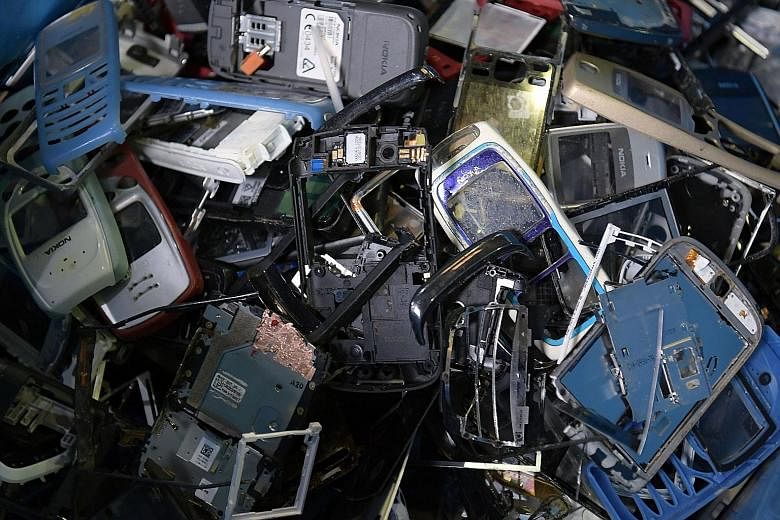I refer to The Straits Times' Opinion piece "To save money and the planet, make gadgets easier to fix" (April 27).
I am sure many, like me, are frustrated by the short two-or three-year lifespans of most electrical and electronic products due to "planned obsolescence".
Often, the cost of repairing even a part of the appliance is up to 80 per cent of a new purchase, which incentivises one to buy a new gadget instead.
The "take-make-waste" life cycle of technological products is contributing to the huge amount of electronic waste and exacerbating the climate crisis.
These are some urgent actions to take:
First, it should be mandated that large global manufacturers of electrical and electronic products have to take them back at the end of their lifespans.
Singapore can look to some countries in Europe that already have stringent regulations on this.
This will encourage manufacturers to design products with better quality spare parts that can be reused over and over again.
Second, it should be mandated that for each industry, key parts should be standardised and interoperable across brands. Even something as basic as a laptop charger, for example, varies across brands and contributes to e-waste.
Third, with the growing trend of central data storage in the cloud, ensure computing processes are also in the cloud, minimising the need for complex front-end devices that require raw materials. As more computing happens through the cloud, hardware capabilities become less important than connectivity.
The end-user interface could then be simplified, so that devices with long lifespans can become the norm.
Fourth, the business model has to change from purchasing to leasing. A consumer does not need to own a laptop, refrigerator or other electronic and electrical products, only to throw them away later.
Manufacturers should instead lease these products to consumers, who would return them to the same manufacturers after a set period of a few years.
This way, manufacturers are assured of a supply of raw materials, which are increasingly scarce.
They are also motivated to design products for reuse and simplicity, knowing that the products will ultimately come back to them.
It is time for manufacturers to make transformational changes. The usual excuse is that it is going to "cost more".
But it is already going to cost more as a result of rising commodity prices caused by the unsustainable demand that comes from a "take-make-waste" model of production.
Prakash Natarajan

